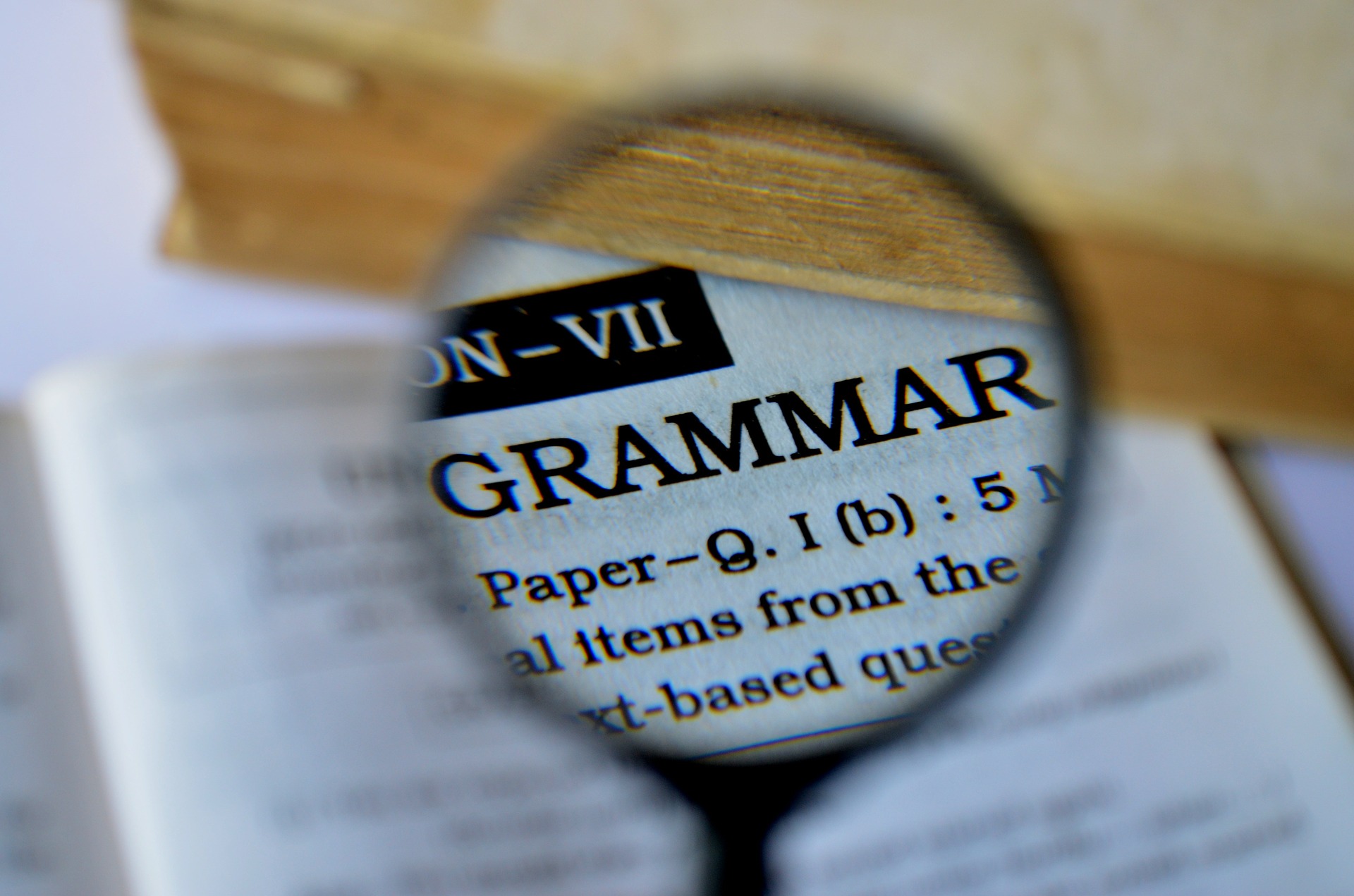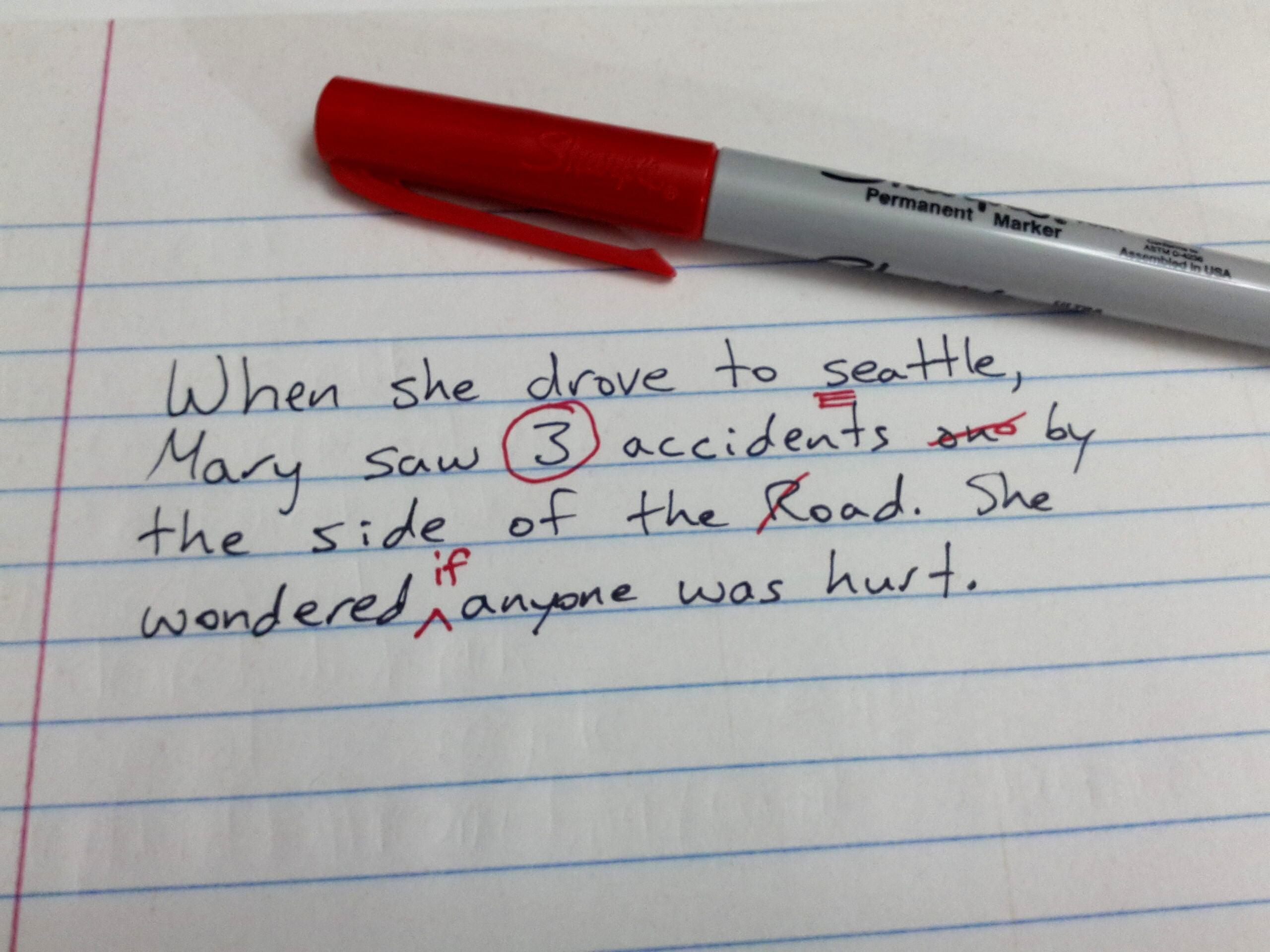I had no idea what I was doing when I first ordered a Café Americano, totally oblivious to its main ingredient. I didn’t realize that it contained espresso, which contains a much higher blast of caffeine than regular coffee—enough to get a sloth sprinting.
Espresso is not for me when it comes to coffee, but when I’m writing I always look for a good jolt to wake up a reader—a little editorial espresso to express myself. When I’m writing a magazine story, in particular, that often means beginning with a narrative lead. As one example, here is how I began a cover story that I wrote a couple of years ago for the University of Illinois alumni magazine:
Chances R was packed, with smoke hanging low over the raucous crowd, as the band Cheap Trick prepared to begin its set. It was the early 1970s, and looking down on the stage from one of the club’s multilevel balconies were Geoff Poor from the band Feather Train, and George Faber, the shaggy-haired singer of the Finchley Boys.
As Cheap Trick began to play the power chords of its first song, a member of the band glanced up, spotted Faber, and motioned for him to join them on stage. Over 6 feet tall and thin as a rail (“rock weight” they call it), Faber was also one of the most electrifying showmen in the area, so he didn’t walk down—he leaped from the balcony, harmonica in hand, just as Cheap Trick launched into “Train Kept A-Rollin’.” He landed on the stage like a bolt from the blue and hurled himself into the music as the crowd erupted.
“That was the most magical rock ’n’ roll thing I had ever seen,” says Poor.
I’m always on the lookout for opportunities to begin my magazine articles with a narrative lead because everyone loves a good story. But this means you have to plan ahead and be sure you ask the kinds of questions that draw out stories from the people you interview. In my last blog, I talked about conducting interviews, but I didn’t mention the importance of drawing stories from the people whom you interview. Some people are natural born storytellers, and it doesn’t take much to get them to spin a yarn. But for others, it’s like pulling a tooth with your bare hands. I often ask for stories and anecdotes multiple times during an interview.
A narrative lead draws in a reader, but keep in mind that it can consume a lot of space. If you’re writing for a magazine with a limited number of words allotted, it might not be realistic to start with a narrative lead.
Novelists often talk about starting in the middle of the action, and that’s what I often do with my narrative leads. Here’s another one, which begins the first chapter of the book, Of Moose and Men, which I recently wrote with actor Torry Martin.
The 400-pound reindeer was going berserk, desperately trying to get out of my kitchen. Wild-eyed, it bashed me against counters and appliances as it tried to turn around in my tiny kitchen, its feet slipping and sliding on the slick floor and it’s black hooves clicking on the plywood like tap shoes.
Now freeze-frame the scene: That’s me there. I’m the one without the stubby antlers—the bearded, extra-large, hippie-looking human with blazing red hair flying in every direction, mouth wide open in terror. I look like a frightened Bigfoot in overalls.
I started in the heart of the action—a reindeer in the kitchen. Then, after dropping the reader into the middle of the scene, I soon backtracked to the beginning, explaining how in the world a reindeer wound up in a kitchen in the first place. (You have to know Torry Martin to understand how such a thing could happen.)
In the case of the rock and roll story, I had to find a smooth way to make the transition to the core of the story. This means you need a bridge that takes you from the narrative lead to the rest of the article. In the rock and roll story, I followed the quote, “That was the most magical rock ’n’ roll thing I had ever seen,” by latching onto the word “magical.” I wrote:
That is saying a lot because the 1960s and 70s were a magical time for rock ’n’ roll on the University of Illinois campus. It was a heady time across the nation, but for a community of the size of Champaign-Urbana, the ‘60s and ‘70s were unique, producing an astounding variety of music and bands.
That’s my bridge, linking the narrative lead to rest of the story. In sum, a narrative lead needs to do three things:
- Be intriguing or exciting or both—a jolt of caffeine.
- Capture the essence of your story.
- Connect directly to everything that follows.
Not all interviews will give you compelling stories, and not all subjects that you write about lend themselves to narrative leads. But you might still be able to find an interesting anecdote buried somewhere in the interview. With an anecdote, you’re still telling a story, but you’re not trying to describe a detailed scene, much the way a novelist does. Because you’re not creating a scene, an anecdotal lead will typically take up fewer words than a narrative lead—an advantage when your word limit is tight.
If you can bring your reader into a club where musicians are leaping from balconies onto stages, or into a kitchen where reindeers are going berserk, you have hopefully done your first job—wake up your reader with a jolt of caffeine.
But your job has only just begun with the lead. To borrow from a famous coffee slogan, you still have your work cut out for you if you intend to craft a complete magazine article that is good to the last drop.
* * *
5 for Writing
- Get writing. Find the time to write. Then do it.
- Learn by listening—and doing. Solicit feedback, discern what helps you.
- Finish your story. Edit and rewrite, but don’t tinker forever. Reach the finish line.
- Thrive on rejection. Get your story out there. Be fearless. Accept rejection.
- Become a juggler. After one story is finished, be ready to start another. Consider writing two at once.





 We love helping your growing in your writing career.
We love helping your growing in your writing career.

No Comments